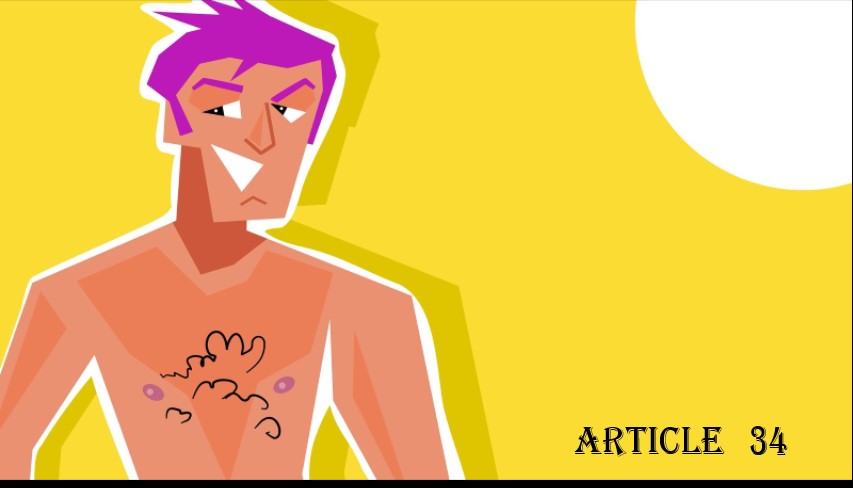SUN EXPOSURE AND UV RAYS BASIC FACTS

The human body benefits from sun exposure. And a little bit of tan protects you from the sun. Right? Wrong!
The body does indeed benefit from sun exposure. But a little bit of tan does not necessarily protect you from the sun. Let's see why.
The sun's rays are a major source of vitamin D and help the body's systems acquire much needed calcium for building healthy bones. However, most people don't need to spend large amounts of time exposed to the sun in order to get their required amount of vitamin D.
In fact, the body's health can actually suffer negative effects when it's exposed too long to the sun's rays, especially if it's unprotected. Results can vary from skin and eye damage to immune system suppression and ultimately cancer, even for the young.
So let's look at the basic facts about sun exposure.
There are three kinds of invisible ultraviolet (UV) rays in the sun that reaches earth: UVA, UVB, and UVC. When these rays come in contact with our skin, affects of UVA and UVB can be - tans, burns and other reactions (e.g. like acne and cancer).
It's also notable that the effects of all UV rays are not the same. Depending upon the season, time of day and place on the planet in relation to the sun - (i.e. your altitude and latitude), the rays' intensities vary. For example, during summertime, UV rays are at their strongest. Between 10 a.m. and 4 p.m., the rays are strongest. And close to the equator and at high altitudes (where air and cloud cover are less, resulting in increased harmful penetration of UV rays into the environment), the rays are also strongest.
In order to protect ourselves from the harmful UV rays, let's look at the skin's first defense - melanin.
Melanin is a chemical present in a variety of colors and concentrations in most people's skin that helps with defense from the sun. Melanin reacts with UV rays and absorbs them. Or rather, to be more specific, the rays act upon melanin, causing the melanin to spread out or grow, increasing its presence in response to the sun's exposure. The result? A 'sun tan'. The darker the skin color, the more melanin the skin has for protection. And 'tanning' for darker color is included here; 'color' does not have to refer to just the original skin color.
A word of caution...
Tanning may look great on the surface, - but the amount and length of time a person is exposed to the sun, determines the amount of possible damage. It also determines the future risk of damage that's likely.
For example, people who are exposed to the sun in huge doses like ship crews, field workers and beach surfers, are at higher risks for skin damage than indoor workers. What happens is that when the amount of UV exposure is greater than what the skin's melanin can handle, sunburn can result. And those with lighter, fairer skin, who have less melanin, absorb less UV, suffering less protection.
Since research has shown that UV damage from the sun is the main cause of skin cancer, (with as high as 20% of some populations developing skin cancer during their lifetime), we need to take a proactive approach in relation to sun exposure to avoid harmful skin damage.
As we say colloquially here in Australia - "Slip, Slop, Slap". (I.e. 'Slip' on a shirt, 'Slop' on a hat, 'Slap' on a sunscreen). Look after the skin you've got, because you're the one who will be living with it!

I LOVE SUN AND I DON'T ALWAYS GO UNDER SUN. SOME PEOPLE TREATS SUN AS GOD. AND I AM ONE. THANKS SON! AS CLOSE AS THIS. TRULY APPRECIATES! CHEERS!
